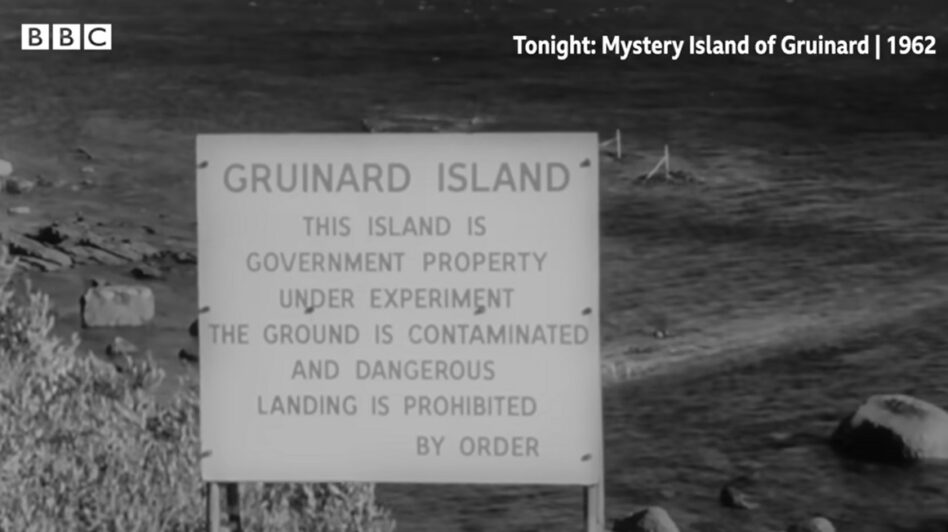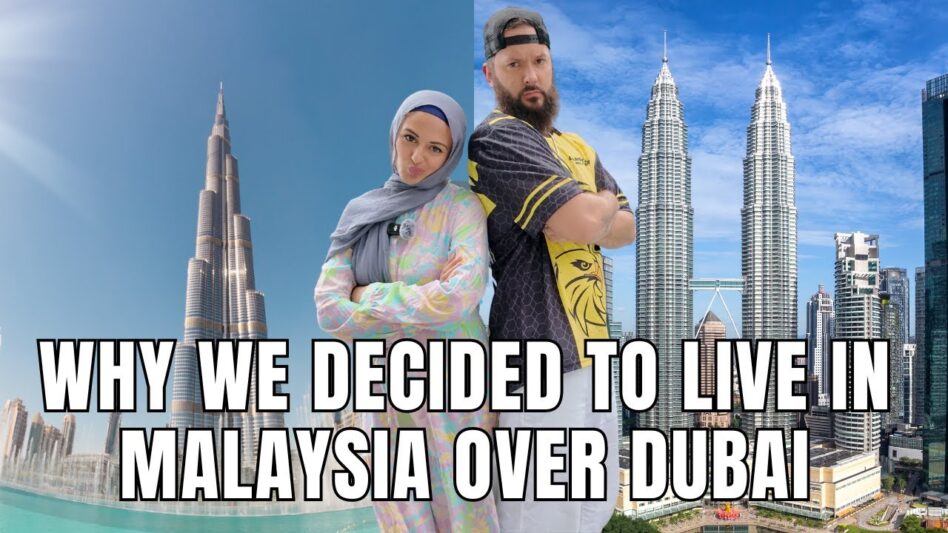WHEN lockdowns are done haphazardly and disjointedly, questions abound about whether they should continue. Or their success in supressing the spread of the COVID-19 virus. Or should containment measures be eased as concerns swirl over new variants?
It has been a long-drawn battle against the COVID-19 pandemic for more than 18 months. Businesses and people are battle weary, pandemic fatigue and despair deepens as the prolonged pandemic impact and “open-shut” restricted containment measures have caused deeper economic scarring effects on the economy, households, individuals and businesses.
Malaysia’s green shoot economic recovery path is disrupted. A deep concern is that the longer restricted containment measures, the economic damage would be long-lasting and irreversible as well as have far-reaching social implications on the society, causing more hardships.
The economic blows on some sectors would take years to recover – the poorest and most vulnerable will bear a disproportionately high share of the burden. Small medium enterprises (SMEs) have drained out their cash reserves and have difficulties to restart.

Co-existing with COVID-19
Countries face a trade-off between health and the economy in their responses to COVID-19 through lockdown or no lockdown. The lockdowns have a considerable negative effect on economic activity due to the supply and demand destruction as well as stalled production.
Countries that have introduced lockdown early (when the number of cases were still low) had reported considerable fewer infections compared to countries that implemented lockdowns when cases were already high. Besides, tight and short-lived lockdowns would be superior to contain infections compared to mild but prolonged measures.
Research by the International Monetary Fund (IMF) shows the economic impact from lockdown is about equal to the effects from people voluntarily social distancing when worried about higher rates of infection.
There is now growing narrative that it’s time to change the saving lives-livelihoods strategy from pandemic to endemic.
As we may never be able to control this pandemic outbreak which saw new virulent variants spreading fast in the community, we may be forced to live with the virus for good. Singapore and the UK are both planning to live with COVID-19 – the path out of the pandemic is seen as test cases for other nations as they ramp up their vaccination programs.
It is a critical time for our nation right now, a tight race between the speed of new variant generation of the virus and the speed of vaccination. The National Recovery Plan has laid out four phases of transition to safe reopening and returning to normalcy.
A three-pronged strategy – speeding up vaccination, 3-T approaches (tracing-testing-treating) and insolation – is equally important to win the race of taking Malaysia out of the pandemic for resilient!
Doing the balancing act
As of July 31, 6.5 million people (19.9% of total population) have completed two doses while 13.5 million people (41.3% of total population) have one dose. The Phase 2 vaccination target is 10-40%; 40-60% in Phase 3 and more than 60% in Phase 4.
Our estimate indicates that having 40% of total population with two doses can be met by end-August while the 60% target can be reached by end-September.
The world data for COVID-19 countries showed that upon reaching a certain threshold of vaccination – between 30-40% – there is protection against virus infection to ensure that people do not get terribly sick or need to be hospitalised though the number of cases may still be high.
The number of new cases and deaths will start to decline upon reaching 30% of the population been fully vaccinated as evident in countries such as Germany, the UK and the US.
In balancing between saving lives and livelihoods during the first wave of the COVID-19 health pandemic last year, total lockdown was widely implemented in many countries to combat the virus while sacrificing the economy on the short-term.
Billions dollars of reliefs in the form of financial assistance and stimulus spending were rolled out to limit the economic and financial damage.
This time round, we observe that most countries have discarded lockdown as the prolonged pandemic impact and frequent lockdown-inflicted scarring effects on economic and social are substantial and long lasting.

While saving lives would remain the priority, the scalable disruptions and damages on businesses and daily economic activities have a negative feedback loop on the livelihoods of many people, resulting in huge hardships on the underserved and vulnerable group.
It is simply not sustainable to lockdown given it is almost impossible to contain new infections or to manage transmission as the new virus variants are spreading fast in the community.
Even the World Health Organization (WHO) has also recommended governments to avoid implementing lockdowns as a measure to manage COVID-19 due to its devastating consequences.
We have to come to terms with a long haul, difficult journey ahead. We need stronger and disciplined whole government- society approach to battle virus. We have to learn to protect ourselves and live with the COVID-19 with continued building of health protection.
We urge the Government to focus on COVID-19 pandemic management because trying to do both (saving lives and livelihoods) at the same time is impossible and extreme challenging. Even when we reach herd immunity, ongoing surveillance, booster vaccines, and potentially other measures may be needed.
Lee Heng Guie is the executive director of the think-tank, Socio-Economic Research Centre (SERC).
The views expressed are solely of the author and do not necessarily reflect those of Focus Malaysia.










